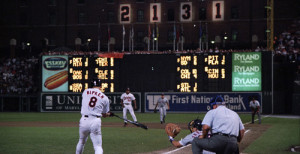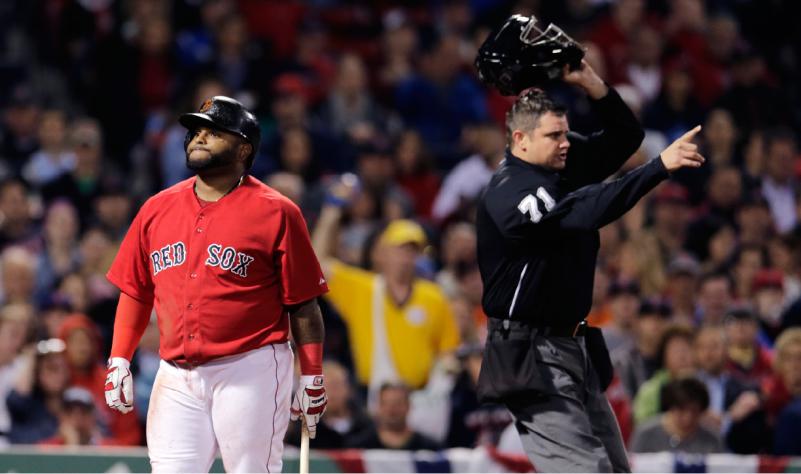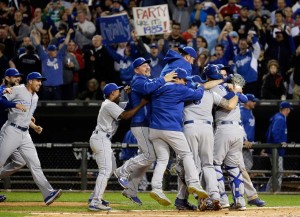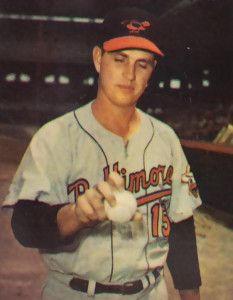Posted on
August 12, 2014 by
Dean Hybl
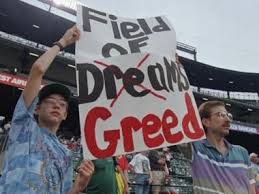
The 1994 baseball strike brought out the worst in sports greed.
It is hard to believe that 20 years have now passed since money and greed in sports reached a startling climax with what ultimately became the cancellation of the final two months and postseason of the 1994 Major League Baseball season.
In the coming months retiring baseball commissioner Bud Selig will receive many accolades for all he has done to support the resurgence of the game of baseball, but as acting commissioner in 1994 he oversaw the destruction of the game and while it may have recovered financially and in overall popularity, in certain pockets, things have never been the same.
On August 12, 1994 the team with the best record in baseball was the Montreal Expos with a mark of 74-40. Now if you are under the age of 25, you may not even remember that there was ever a baseball team in Montreal and for that you can thank Selig and the others who failed to save the 1994 campaign.
The Expos, who had entered the league in 1969 and went an entire decade before posting a winning season, had developed into a solid franchise having posted .500 or better records 12 times since 1979. However, ironically, their only previous postseason appearance had come during the strike shortened 1981 campaign when they lost the National League Championship Series in five games to the Los Angeles Dodgers.
It was very clear that after all the close calls in previous seasons, 1994 was going to be the year for the Expos. Despite losing to the Pittsburgh Pirates 4-0 on August 11th to end a six game winning streak, the Expos were six games ahead of the Atlanta Braves and clearly looked positioned to capture their first-ever division crown and potentially reach the World Series for the first time.
With a young nucleus that included future stars Larry Walker, Pedro Martinez, Marquis Grissom, Rondell White and Moises Alou along with several other solid major leaguers, the Expos were clearly poised for success.
It was also clear that the city of Montreal was excited and supportive of their 1994 team. Some historians will say that Montreal never really supported the Expos and that a move was inevitable. Others will tell you that the fan base in Montreal during that time was quite solid and had they been able to experience World Series joy, as had happened in Toronto in the previous two seasons, the Expos would have eventually received a new stadium and would still be there today.
It is hard to predict “what might have been”, but one thing is clear, in the weeks prior to the baseball shutdown fans in Montreal were becoming extremely excited about the prospects for their team.
Though the Expos ranked 11th of 14 teams in the National League in overall attendance at the time of the strike, that total was a little deceiving as the Expos had played only 52 home games (compared to 62 on the road) and had been averaging an extremely respectable crowd of more than 24,000 fans per game. In fact, they had drawn more than 30,000 fans (including more than 39,000 for the final game) per night for a four game mid-week (Monday-Thursday) series against the St. Louis Cardinals from August 1-4.
With 30 home games remaining as they drove toward a possible pennant, it is likely that the Expos would have continued to draw large crowds through the remainder of the 1994 season.
Of course, we will never know, as both the baseball players and owners dug in and ultimately the two sides would not settle their differences until the remainder of the 1994 season was gone and the start of the 1995 season was delayed. The end result was a 232 day work stoppage and the cancellation of more than 900 games, including the playoffs and World Series for the first time since 1904.
While it is very easy to vilify Selig and the owners for their role in the strike and some of the aftermath, you also have to give much of the “credit” to Donald Fehr and the players. Read the rest of this entry →
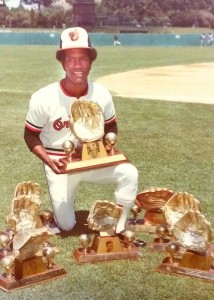 More than 40 years before current stalwart Adam Jones first patrolled centerfield for the Baltimore Orioles, the Sports Then and Now Vintage Athlete of the Month roamed the field with grace while also providing the Orioles with timely hitting for more than a decade.
More than 40 years before current stalwart Adam Jones first patrolled centerfield for the Baltimore Orioles, the Sports Then and Now Vintage Athlete of the Month roamed the field with grace while also providing the Orioles with timely hitting for more than a decade.